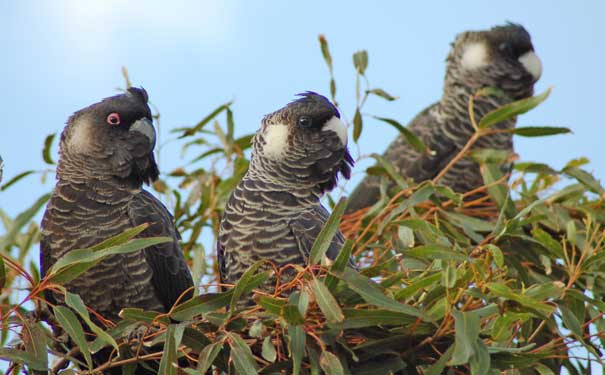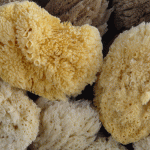The endangered Carnaby’s Cockatoo now has a few hundred new supporters fighting for its survival. Citizens living in the Perth metropolitan area are helping University of Western Australia School of Animal Biology staff and students follow flock movements by logging any sightings of the cockatoos on a specialised tracking website.
Assistant Professor Nicola Mitchell, from UWA’s School of Animal Biology, says calling on the public to help track cockatoo movement is less intrusive and expensive compared to methods such as attaching transmitters. “We can also gather a lot of additional information this way, for example trees used for roosting and foraging.”
Fourth-year wildlife management student Kristina Huelin tracks data on the website and says about one hundred cockatoo observations are logged on the website each week. “[We can see] where they go during the day, and whether they follow any patterns in their movement.”
The data collected will later be used to help scientists understand the effects of habitat loss. “It will tell us how far they’ll have to travel from a roosting site to get enough resources and not starve,” says Huelin.
Perth residents who see or hear any sign of the birds are encouraged to log onto the website and make a record of it. Filling out the information is “relatively easy,” says Huelin. To help ensure accurate details are collected, bird spotters can listen to the Carnaby’s call and see images pointing out the bird’s distinctive short beak. However Huelin acknowledges it won’t always be possible for citizens to tell the difference between Carnaby’s and other black cockatoos. “If people provide photos, it helps identify them.”
While citizen science projects have been used successfully in Britain and the US for several decades, new technologies are making it easier to collect and organise the information. A University of Queensland project launched in April this year aims to use iPhone and other GPS enabled smart phone applications to help track the endangered Cassowary bird.
The UWA project was put together with the help of Master of Computer Science student Abdullah Alsubaie. Members of the public are encouraged to get involved by visiting cockatoo.csse.uwa.edu.au and following the prompts. The project will run until August 30.








Leslie Routledge
July 14, 2011
There was a flock of white tailed black cockatoos in the large gum tree at the side of our house. I think they might have been Carnabys. My photos didn’t turn out very well because they were high up but they looked like the ones on Birds Aust. although I didn’t notice the white edging on the body feathers because they were a distance away. There would have been about 20 birds in the flock and very noisy. Some were stripping the bark from the tree. These birds often fly over but I haven’t seen them in this tree before.
Leslie Routledge
July 14, 2011
Sorry, I should have said that these birds were in Warwick on the freeway verge where the trees are dense.